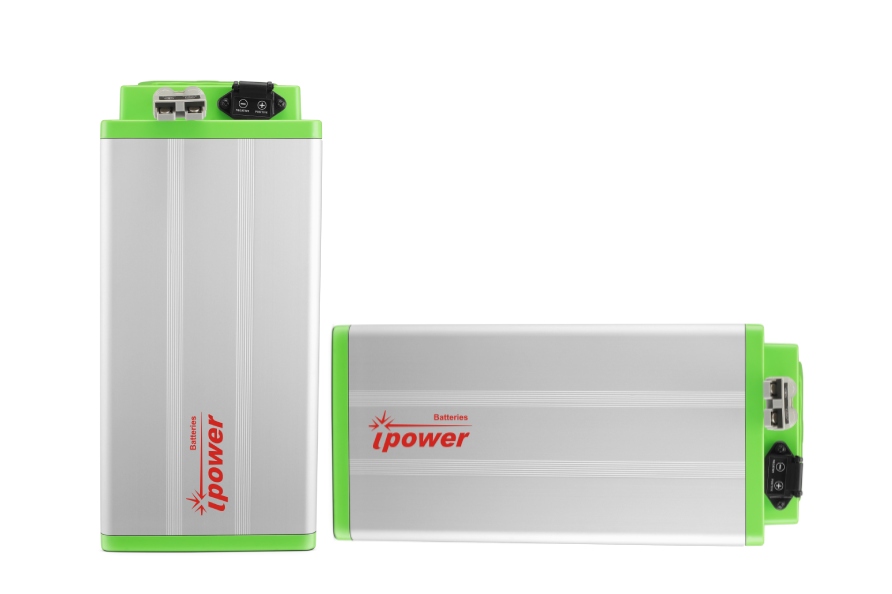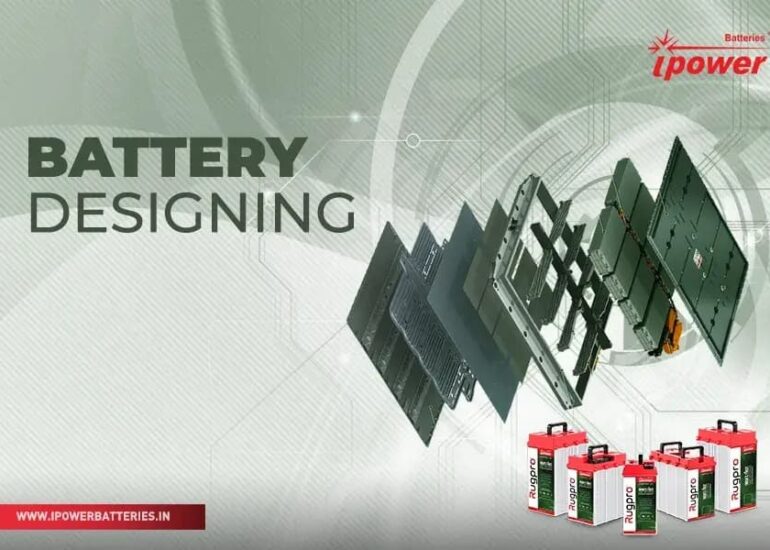Reducing reliance on fossil fuels has been a priority as India works to fulfill its commitment to achieving net-zero carbon emissions by the year 2070. India is actively promoting the use of electric vehicles (EVs) to achieve its goal of having 30% of private cars, 70% of commercial vehicles, and 80% of two- and three-wheelers powered by electricity by the year 2030. To promote the use of EVs, the government has introduced incentives for both manufacturers and end users. Although EV adoption is increasing, recent incidents of EV batteries catching fire have caused a great deal of fear and hesitation to buy EVs.
What is a thermal management system in EV and why it is important?
The effectiveness and longevity of batteries depend on proper thermal management. It’s crucial to keep your thermal management strategy in mind when choosing how to package and integrate a battery pack into a vehicle.
Batteries are like Goldilocks; they don’t work well in extreme temperatures. To achieve the performance, dependability, and safety that OEMs are looking for, they must maintain the precisely right temperature. The battery pack’s capacity, cell balancing, capacity, charging speed, and service life will all be impacted by poor thermal management. A sound cooling plan will guarantee a uniform temperature distribution and get rid of any dangers that could arise from uncontrolled battery temperatures.
EV-specific Thermal Management System (TMS) maintains the vehicle’s operation at an ideal temperature to preserve the vehicle’s safety and effectiveness.
There are other factors as well, with safety being the most important. The batteries are higher energy density, high voltage Li-Ion batteries. Due to the increased density, even a slight temperature change could cause a fire hazard.
Active thermal management: keeping cool or maintaining control?
Active thermal management systems come in different varieties, and what sets those apart most is what they are used for. Some are intended to cool the battery, while others stabilize temperature extremes. There are mainly 3 types of active thermal management systems and they are as follows:
-
Air cooling
-
Liquid cooling
-
Thermoelectric coolers
Air Cooling:
Active air-cooling systems use convection to cool the battery pack by blowing air across it, typically from an AC unit or air drawn in from the outside.
The simplicity and low cost of air-cooling systems are their main benefits. They are only meant to cool and stop overheating, though. They are unable to control a wide range of ambient temperatures as a result. Warm or even mild climates don’t have a problem with this, but colder climates can cause battery deterioration because EVs don’t like driving in the snow! Due to its low specific heat capacity, the air is not particularly effective at transferring heat away from the battery, even at moderate temperatures.
There are concerns about the safety of using an air-cooling system for high-power applications as batteries grow in strength and charge capacity.
Liquid Cooling:
Liquid cooling, which involves pumping and circulating a liquid coolant, like glycol, around the battery in a closed loop, offers a more precise way to control thermal conditions and keeps them within a desirable range.
To dissipate heat, heat is typically transferred to liquids through thermally conductive metal pipes that pull the heat away from the source. Since liquid-based cooling is so much more effective, it enables smaller, lighter, and more compact systems without requiring additional power or mass.
This is very helpful because the automotive industry wants to use the lightest systems possible.
Thermoelectric coolers:
Another technique of thermal management that is causing a stir in the automotive sector involves sandwiching semiconductors between a heat sink and a heat source (in this case, a battery). When a voltage is applied, a temperature difference between the source and sink is created, which causes heat to be transferred through conduction. In situations where heat is needed, the direction of heat transfer could be changed by reversing the current. This enables precise control of temperatures by a straightforward change in voltage.
Why passive thermal management system is required?
The biggest drawback of all active BTMS is that they drain the battery of valuable power, which is regrettably their biggest drawback. Therefore, passive cooling or passive thermal management is required. The objective of passive thermal management is to allow the battery to control its temperature without the use of an external energy source.
There are many passive cooling strategies in development, even though active management strategies are currently preferred for their effectiveness.
For instance, heat pipes, which use a closed cycle of liquid evaporation and condensation to transfer heat from a battery, are very effective at doing so in smartphones. However, these solutions can only absorb heat from the battery, not draw it away from the source. Expect to see more of these passive techniques employed in the future due to the ongoing push to reduce parasitic power consumption in EVs.





